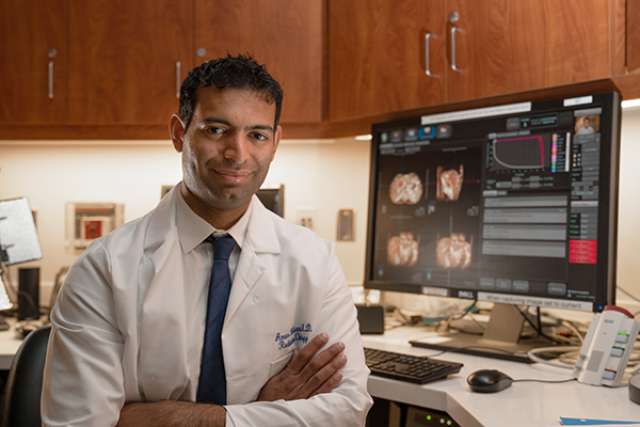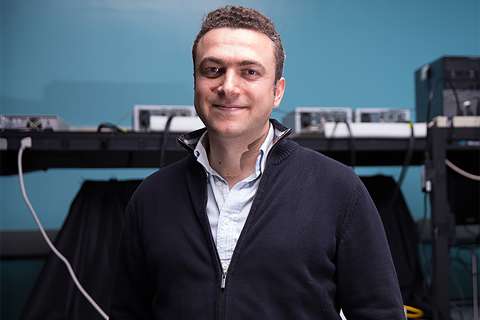A new study led by researchers at the UCLA Jonsson Comprehensive Cancer Center indicates that some men who have a recurrence after initial radiation for high-risk prostate cancer may have a more aggressive course of disease than previously thought. In fact, within five years of recurrence, nearly 50 percent of men have distant metastases that can be found on imaging scans. Given the high rate, a major implication is that for some men with high-risk prostate cancer, the cancer may have already spread to other parts of the body at the time of diagnosis. This suggests that improved staging upfront may be key when selecting treatment for patients. It also suggests that a recurrence limited to the prostate after radiation may be uncommon.
BACKGROUND
Nearly 50 percent of men with high-risk prostate cancer — Gleason grade group 4-5 disease — will develop a cancer recurrence. These recurrences, termed radiorecurrence, are currently defined by PSA levels and managed by either observation, androgen deprivation therapy (ADT), metastasis-directed therapy and local salvage therapies. However, the choice of treatment isn’t always clear due to a limited understanding of the natural history of radiorecurrence high-risk prostate cancer.
METHOD
To learn more about this issue, a team of researchers led by Amar Kishan, MD, chief of genitourinary oncology and vice chair of clinical and translational research in radiation oncology, evaluated clinical outcomes for men with high-risk prostate cancer who had a radiorecurrence and received definitive external beam radiation or external beam radiation with a brachytherapy boost. The team evaluated outcomes in 978 men from 15 different institutes from 1997 to 2015. Median follow up was 8.9 years after radiation treatment.
IMPACT
Failures after radiation for high-risk prostate cancer can be quite aggressive, highlighting the need for improved staging methods. Revolutions in imaging techniques, like the PSMA PET scan pioneered by UCLA, can help play a critical role in staging men with prostate cancer.
AUTHORS
The study’s senior author is Dr. Kishan, an assistant professor of radiation oncology at the David Geffen School of Medicine at UCLA and a researcher at the UCLA Jonsson Comprehensive Cancer Center. The lead authors are Dr. Rebecca Philipson, a resident in the department of radiation oncology at UCLA, and Tahmineh Romero, a senior statistician in the department of medicine statistics core at UCLA. The full list of authors can be found on the paper.
JOURNAL
The study was published online in European Urology.
FUNDING
The research was funded in part by the Prostate Cancer Foundation, the American Society of Radiation Oncology, the UCLA Jonsson Comprehensive Cancer Center and a philanthropic donation.




